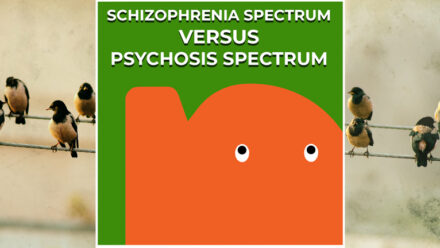
Neurodiversity. Today I want to talk to you about this topic that is getting more and more attention. Maybe you’ve heard about it, maybe you haven’t, but believe me, a better understanding of it will benefit all of us.
Neurodiversity: What exactly is it?
Neurodiversity is a term that was introduced in the nineties by Judy Singer, a scientist who was on the spectrum (on the spectrum refers to being diagnosed with, or having the characteristics of an autism spectrum disorder) herself. The idea behind neurodiversity is that we are all unique in the way our brains develop and function. This affects the way we think, feel, and behave. Think of the brain as a big orchestra in which each instrument plays its own melody. The diversity of all these instruments together create a beautiful and unique piece of music.
The idea is that variations in the neurological and psychological development are natural and valuable, and shouldn’t be seen as disorders or disabilities that need to be corrected. Everybody has their own unique combination of strengths and weaknesses, and that makes us all special.
What does that mean in reality?
Imagine going to a concert, and every instrument plays its own part. Some people have a strong ability to focus on the different sounds of the music, while others might be more creative and try to listen to it in its entirety. We are all different in how we react to the world around us, and this can be expressed in the way we learn, adjust, communicate, and deal with other people.
This diversity in how we function is not something we can label. It’s not a question of ‘you’re either this or that’, like your blood type for example. Everybody has something that makes them neurodiverse in some way, shape, or form. This sometimes makes it difficult to tell who is or isn’t neurotypical, because I personally believe that everybody is somewhere on the spectrum.
Why is it important to understand this?
By recognising that neurodiversity exists and that everybody is unique in their neurological and psychological development, we can better understand how people function. This helps us be empathic towards each other and support each other. Instead of trying to put labels on each other, we can appreciate what makes every individual unique.
It’s also important to recognise that traditional diagnoses like ADHD, autism, dyslexia, and other labels are just one way of looking at neurodiversity. They can be useful, but they don’t always cover the person as a whole. Neurodiversity looks beyond these labels and sees the entire width of the human variety.
How do you recognise neurodiversity in yourself or in others?
It can sometimes be a challenge to discover whether you’re neurodiverse. Many people only discover this later on in life, often when they face challenges, or when they feel different than other people. Signs can be that you get overstimulated in busy environments, that you communicate differently, you’re incredibly creative, you experience emotions more intensely, or that lots of stuff gets into your head unfiltered.
It is important to understand there isn’t an easy answer. Everyone has their unique mix of characteristics, and that’s what makes neurodiversity so fascinating.
What can you do?
If you think you might be neurodiverse, or if you know somebody who is, it’s important to be understanding and offer support. There are many ways to handle this, and sometimes professional help can be useful. But simply talking to other people about it, learning about neurodiversity, and accepting yourself just as you are, are important steps as well.
At PsychosisNet we like to provide a platform for information, support, and community. Neurodiversity is an important subject that affects everyone of us, and by talking about it we can create a more inclusive world.
Thank you for reading and remember: everyone has their own unique melody to play in life’s big orchestra.





Comments: